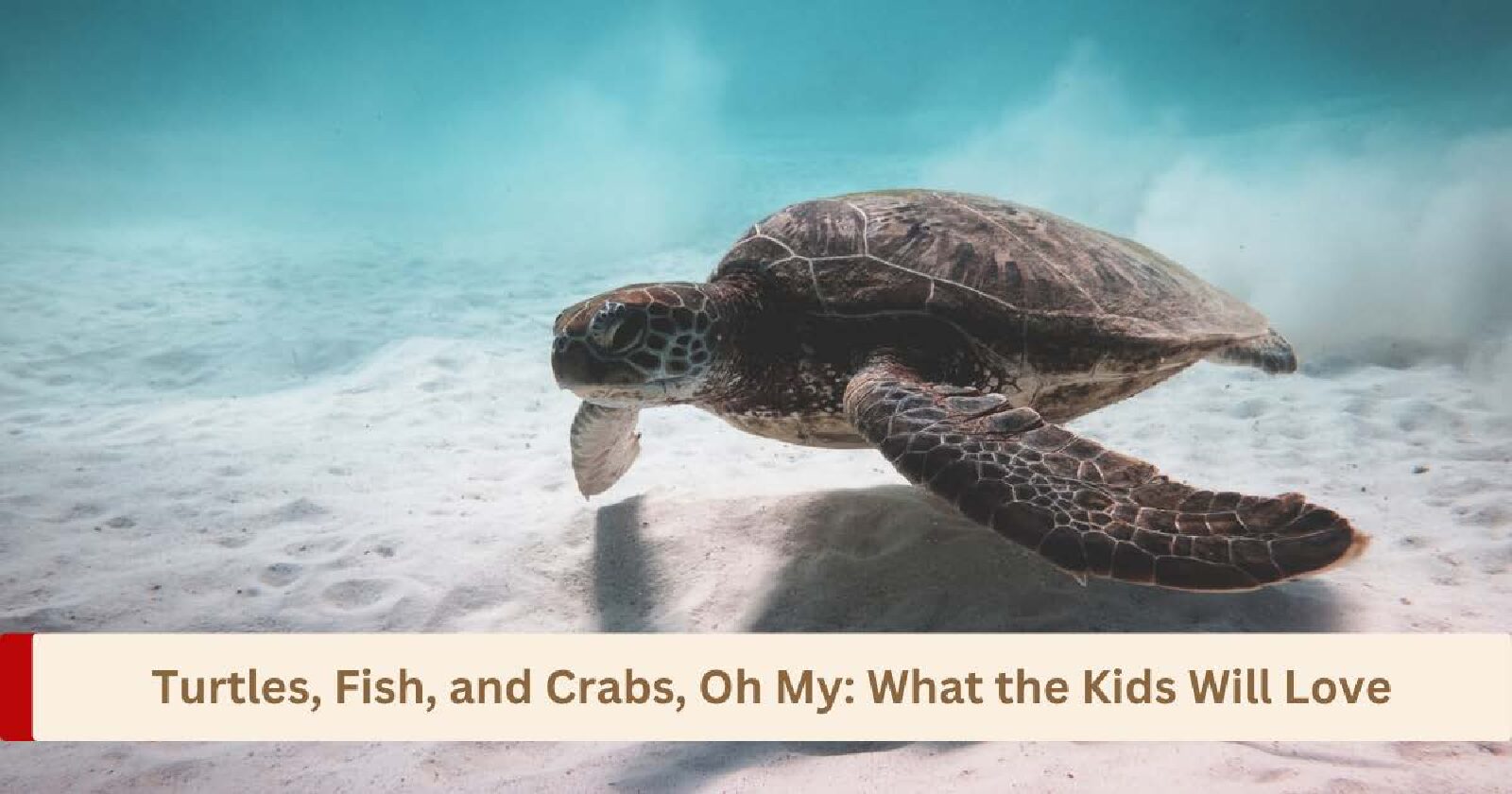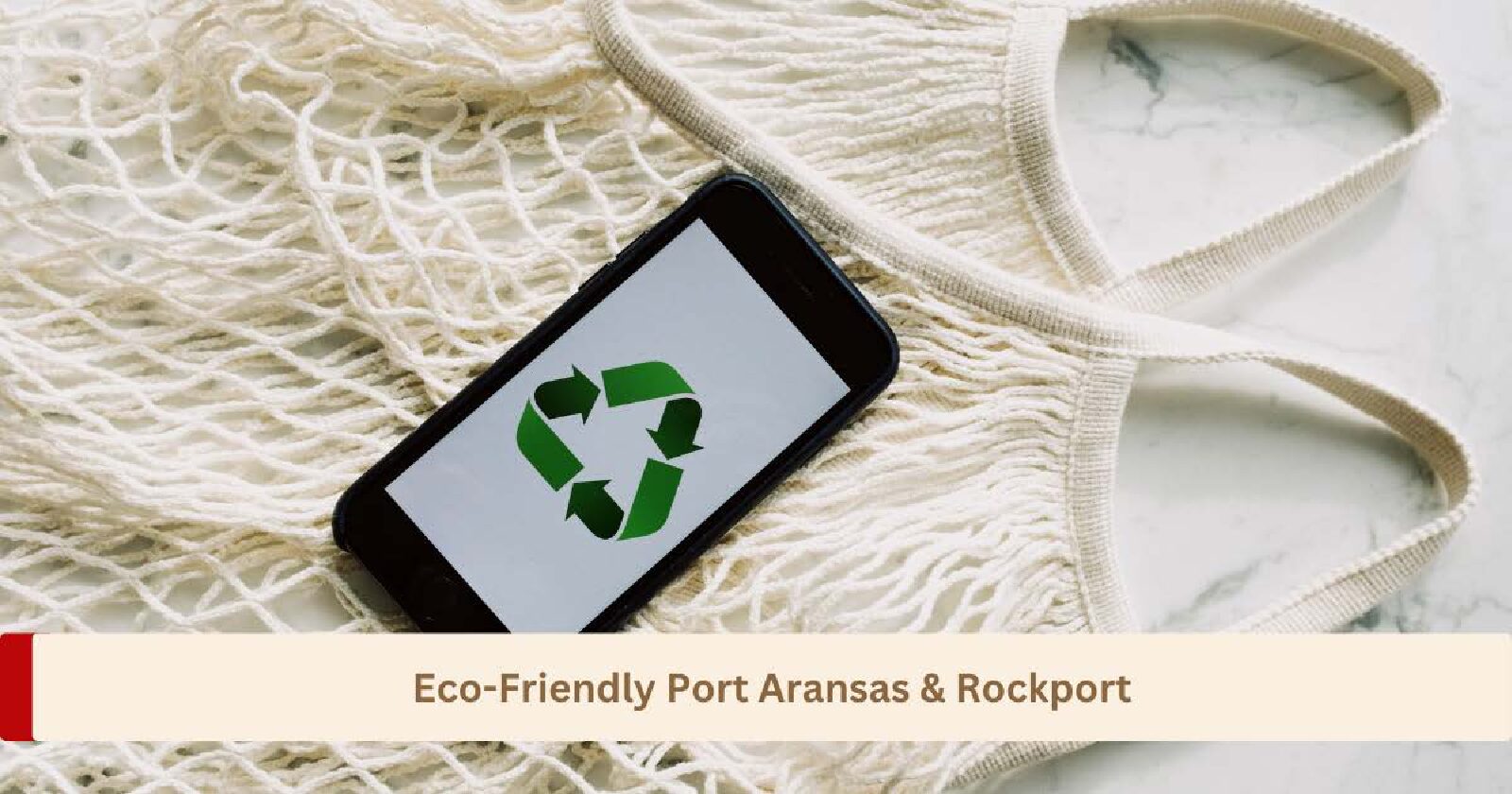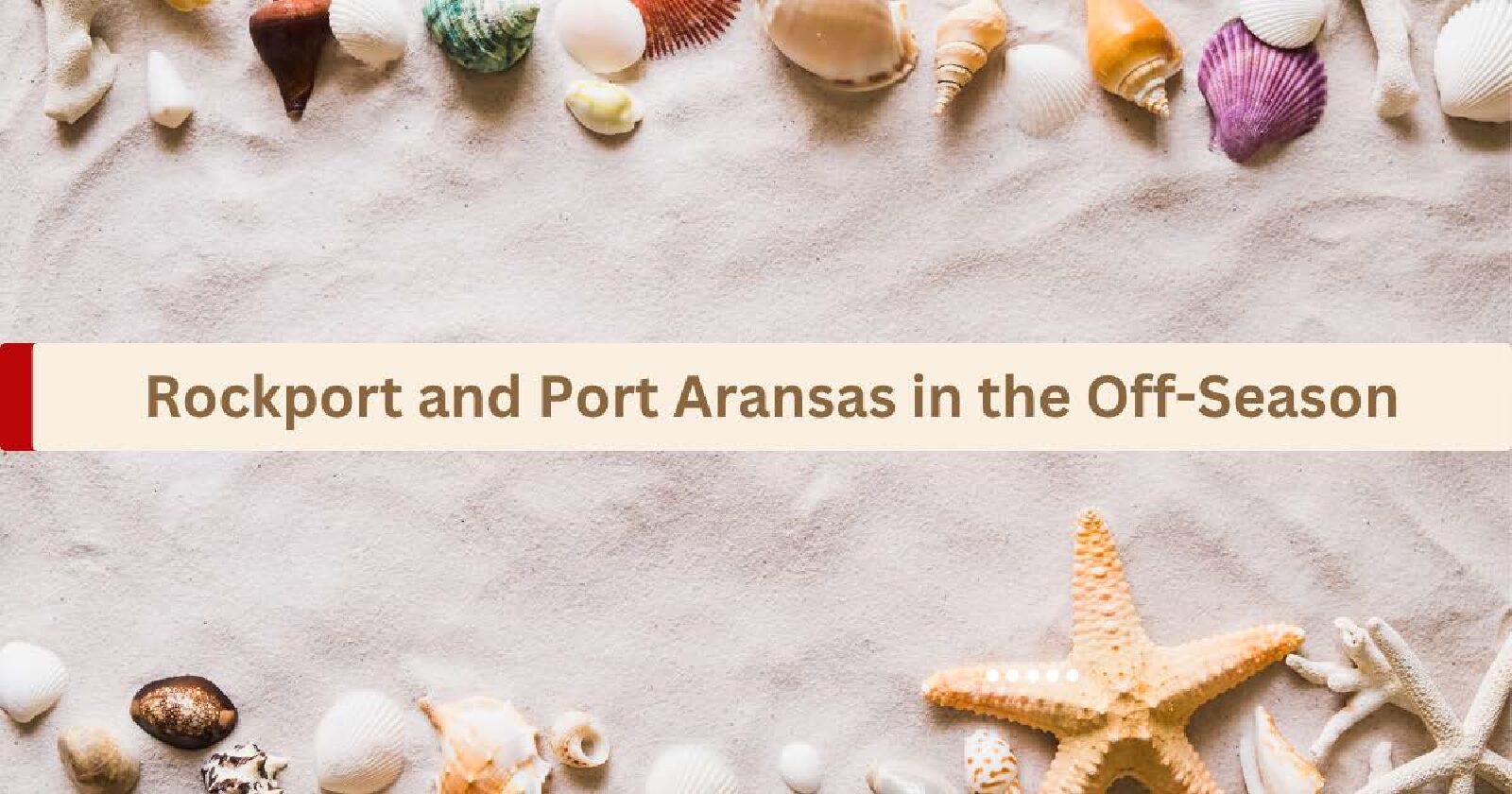There’s something kind of magical about early mornings on the beach in Port Aransas. The sun is barely peeking over the dunes, the surf is still sleepy, and the world feels perfectly still. But under your toes—just beneath the wet sand and sea foam—treasure awaits. Welcome to the quiet thrill of beachcombing in Port Aransas, where every walk becomes a hunt and every tide brings new surprises.
Whether you’re an experienced sheller or just someone who likes poking around in the sand, Port A offers a little slice of paradise for beachcombers.
The Simple Joy of Beachcombing
Before we dive into all the treasures you might find, let’s talk about why beachcombing is such a special experience.
- It’s peaceful: No crowds, no noise—just you, the waves, and whatever the ocean decides to leave behind.
- It’s grounding: You’re walking barefoot, feeling the Earth, and letting the rhythm of the tide slow you down.
- It’s surprising: You never know what’s waiting under the next clump of seaweed or pile of shell grit.
There’s no rush. No rules. Just a walk that feeds the soul.
Seashells: Nature’s Art Collection
If beachcombing had a mascot, it would definitely be the seashell. Port Aransas is rich with them—thanks to its location along the Gulf of Mexico and the currents that push shells ashore daily.
Common Finds in Port A:
- Lightning Whelk – The official state shell of Texas! Spiral-shaped and gorgeous, these are iconic.
- Atlantic Cockles – Heart-shaped and ribbed. They come in creamy pinks and oranges.
- Coquina Clams – Tiny, colorful, and often found in living clusters right at the tide line.
- Olive Shells – Smooth and shiny, they look polished by nature.
- Scallop Shells – Fanned and ridged with all sorts of pastel shades.
These are just the beginning. Low tide after a storm? That’s jackpot time.
Pro tip: Bring a mesh bag or bucket, rinse your finds before packing, and always double-check they’re uninhabited. A live hermit crab deserves to stay in the wild.
Sea Glass: Ocean-Tumbled Gems
Sea glass is basically the ocean’s way of turning trash into treasure. Over time, glass bottles tossed into the sea are broken down by waves, sanded by the tide, and returned as smooth, frosted jewels.
In Port Aransas, sea glass isn’t as common as shells, but it’s out there—especially after big storms or at less-visited beaches.
What to Look For:
- Green – From soda or beer bottles.
- Brown – Common and classic.
- Clear or frosty white – From old milk or liquor bottles.
- Rare finds – Blue, aqua, or red sea glass (hard to find but worth the wait!).
Each piece tells a story. Maybe it was once a bottle on a ship, or glassware from decades ago. And now, it’s yours—ocean-polished and perfect.
Fun idea: Collect different colors and turn them into a jar display or a simple DIY pendant.
Driftwood, Coral, and Ocean Oddities
Sometimes the most beautiful beach treasures aren’t shells or glass—they’re natural oddities shaped by wind, salt, and time.
Driftwood:
- Twisted, gnarled, and smooth as bone.
- Perfect for beach-themed home décor or crafting.
- Often found around Horace Caldwell Pier or near the jetties after a big tide.
Coral & Sponge Fragments:
Small pieces of bleached coral can sometimes wash ashore.
Look closely near the shell lines for anything white, porous, or delicately formed.
Sand Dollars & Starfish:
If you’re lucky, you might spot a whole sand dollar (a big win for any beachcomber).
Avoid taking live ones—look for dry, white, brittle ones as your keepsake.
Fossils & Shark Teeth: Ancient Surprises
Yes, you read that right. Fossils and shark teeth occasionally show up along the Texas coast, especially in areas where erosion has exposed older layers of sediment.
Where to Look:
- Near jetties or rocky inlets.
- After storms or hurricanes that churn up the ocean floor.
- Areas around Mustang Island or nearby San José Island are sometimes hotspots.
They’re small—so keep your eyes sharp. Shark teeth look like black triangles with serrated edges. Finding one? It’s like winning the beachcombing lottery.
Beachcombing Gear: What to Bring
You don’t need fancy tools to enjoy a walk on the beach, but a few things can help make your treasure hunt more fun:
- Mesh bag or bucket – For carrying your finds (and draining the sand).
- Sifter or small shovel – For digging into shell piles.
- Water shoes or sandals – In case you venture into tide pools or rocky areas.
- Towel & fresh water – For cleaning off sticky hands or salty finds.
- Small field guide – Helps ID shells, glass, and creatures (especially fun with kids).
- Don’t forget sunscreen, a hat, and water—you’ll likely end up walking farther than you meant to!
When’s the Best Time to Beachcomb?
Not all beach walks are created equal. If you’re looking to maximize your chances of finding cool stuff, timing is everything.
Best Times to Beachcomb:
- Low tide – More beach exposed, and fresh shell lines are visible.
- Just after storms – The waves often bring up rare or buried treasures.
- Early mornings – Fewer people and undisturbed shell lines.
- Winter months (off-season) – Less foot traffic means better finds and less competition.
Don’t be afraid to go out during gray weather—it often brings the best beachcombing days.
Beach Etiquette & Eco-Friendly Tips
We love the beach—and we want to help protect it while we explore it.
Here are a few simple beachcomber rules to follow:
- Leave live creatures: If it’s moving, squishy, or wet inside—let it stay.
- Don’t take everything: Leave behind some treasures for others (and the ecosystem).
- Avoid fragile dune areas: Stick to wet sand or well-worn paths.
- Use reusable bags: Skip plastic. A small canvas tote or mesh bag does the trick.
- Pick up trash if you can: You’re already looking down—why not leave the beach better than you found it?
Best Beachcombing Spots in Port Aransas
Now for the real question: where should you head with your bucket and curiosity?
1. Port Aransas Beach (on Avenue G)
Wide, easy to access, and perfect for families. Morning shell lines are reliable and long.
2. IB Magee Beach Park
A quieter area near the jetty. Great for driftwood, shells, and even sea glass.
3. Mustang Island State Park
Long stretches of untouched beach. Go early and walk far—you’ll often find entire shell beds.
4. San José Island (via ferry)
Remote and shell-covered. You’ll need to ferry over (just minutes), but the reward is fewer footprints and more rare finds.
Capture the Moment
Bring your phone or camera—you’ll want to remember more than just what’s in your bucket.
Take shots of:
- Your footprints alongside shell lines.
- The sunrise with your finds arranged in the sand.
- Close-ups of sea glass glowing in the light.
- Your smiling face with a handful of treasures.
Even better? Start a “Beachcombing Journal” and record each trip, what you found, where, and how it made you feel.
Final Thoughts: Beneath Your Toes, Magic Awaits
So next time you’re in Port Aransas, don’t just rush to your beach chair or margarita stand. Head out for a slow, curious walk—barefoot if you can—and see what the ocean has left behind just for you.
From delicate shells to ancient shark teeth, from bottle-born sea glass to pieces of coral and driftwood dreams—there’s a whole world waiting beneath your toes. The tide brings treasures. The beach tells stories. And if you’re lucky, you’ll take home more than souvenirs—you’ll carry back moments.





